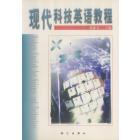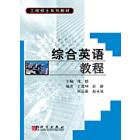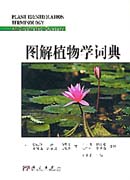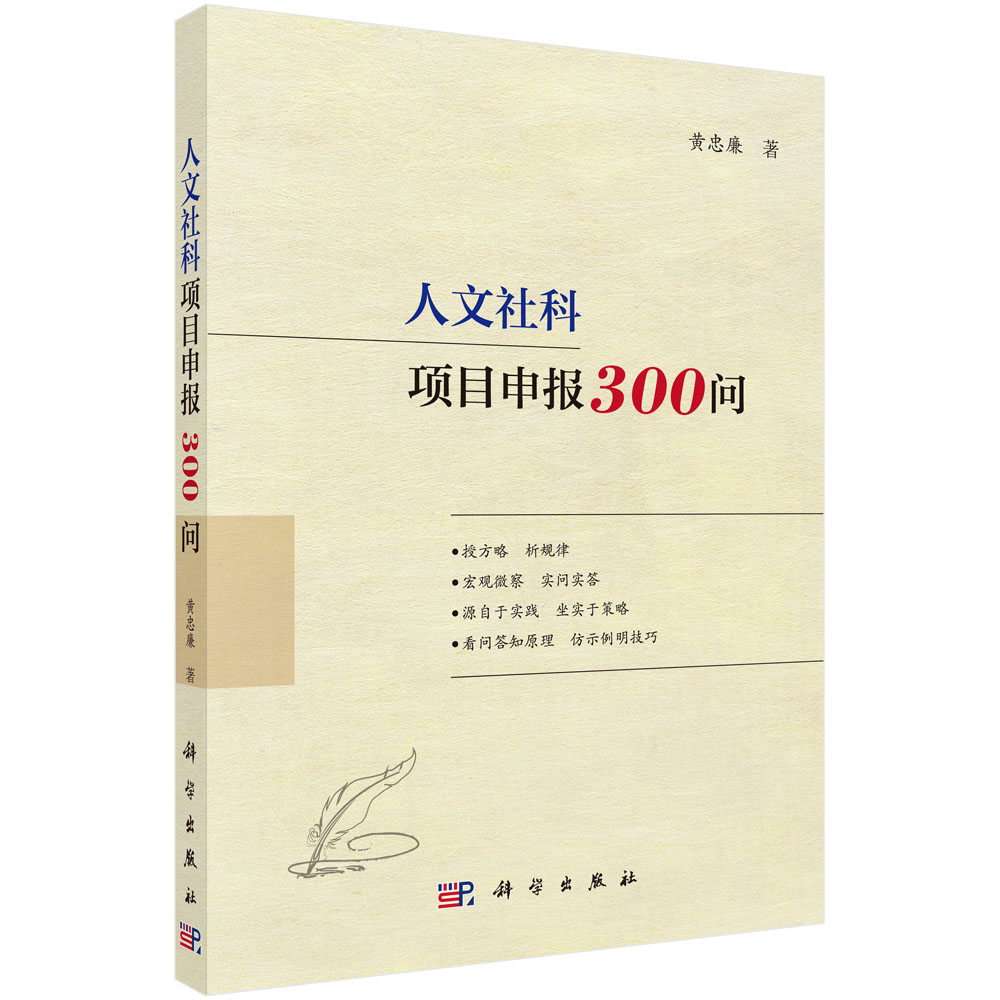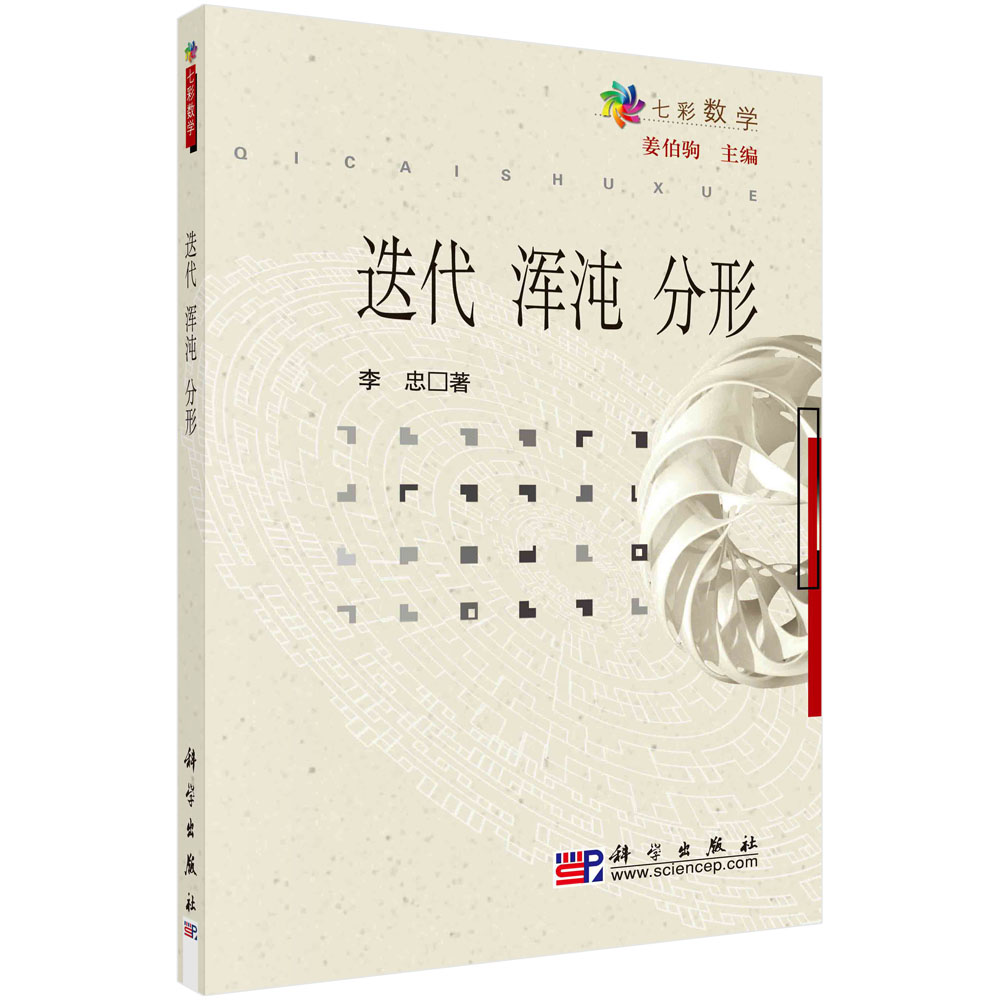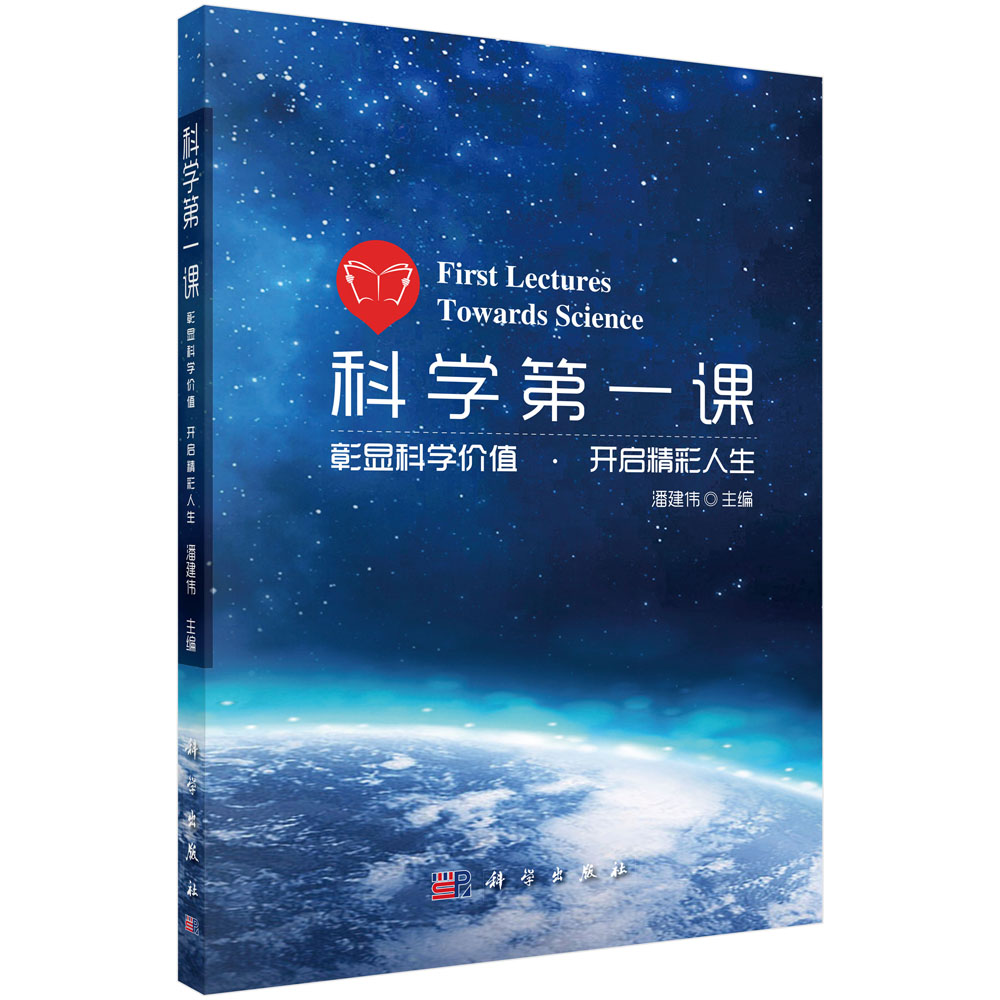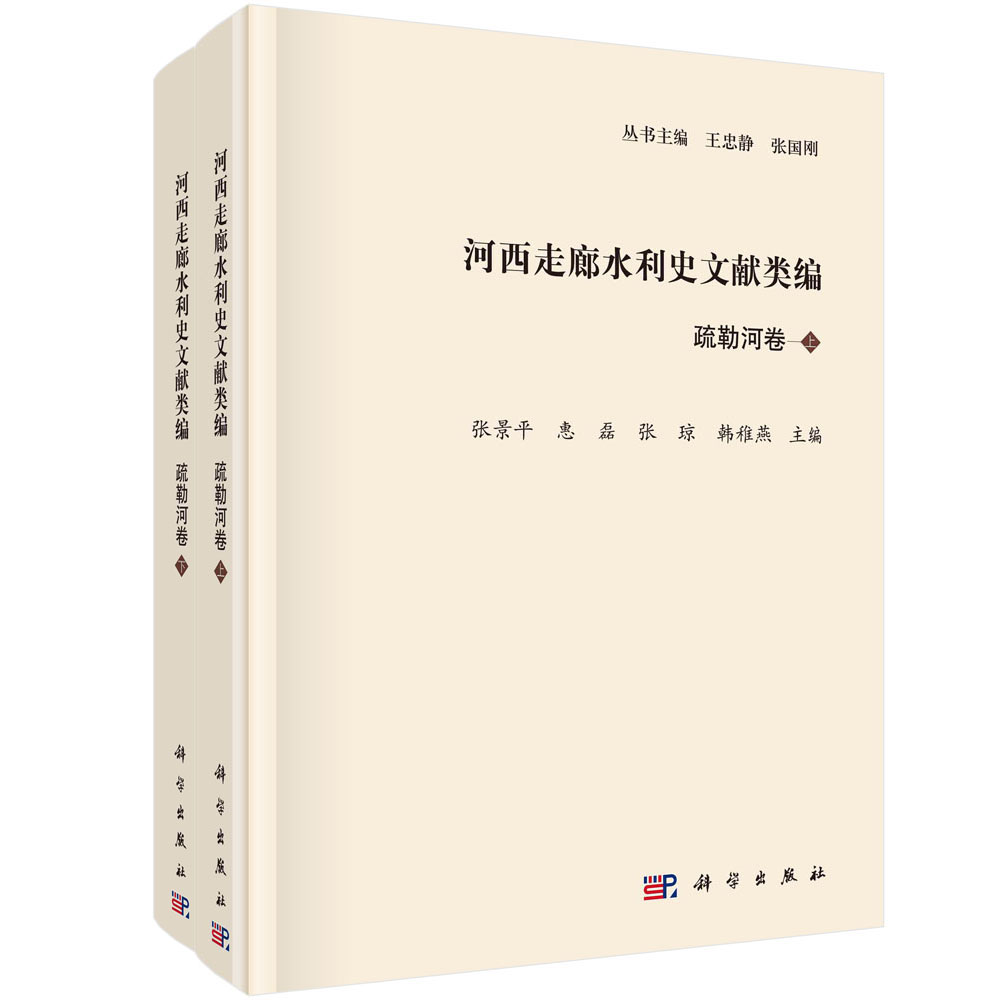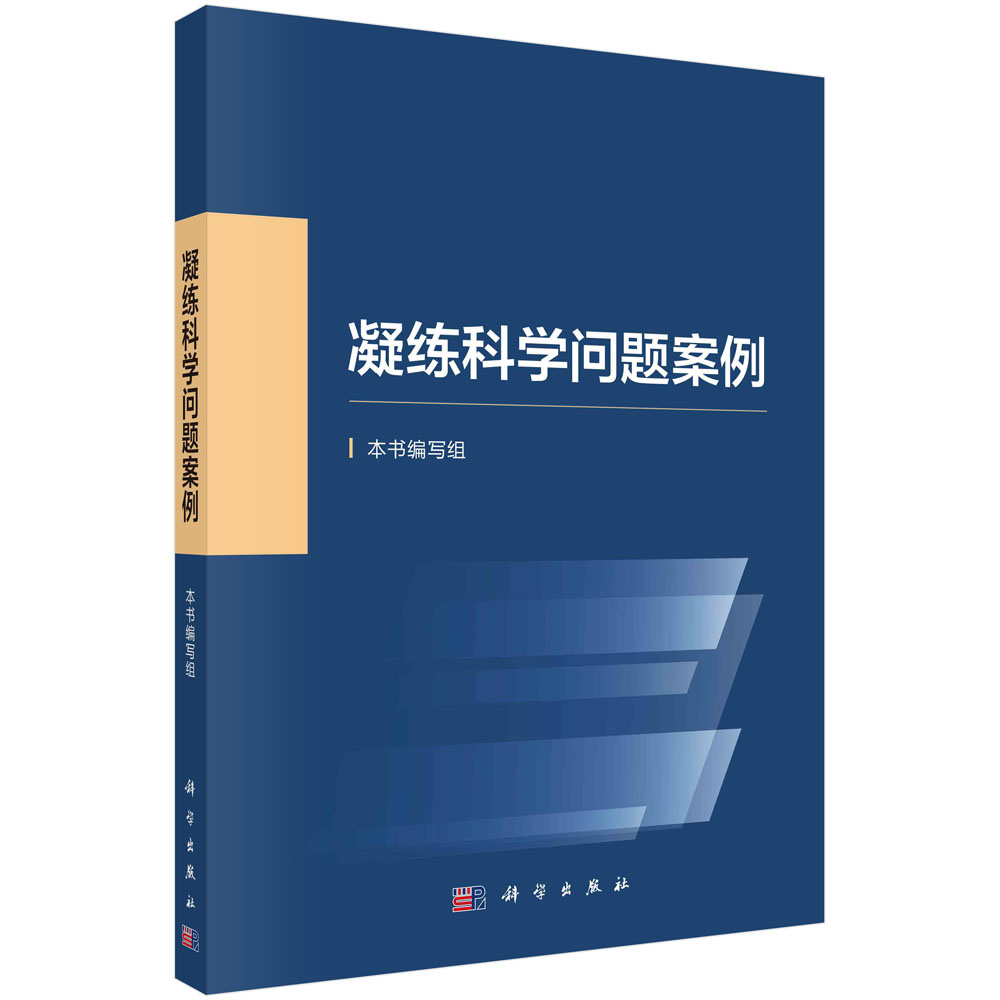本书的编写具有鲜明特色,采用了中、英文双语形式,共精编了11章内容,分别用中、英文阐述了当前医学分子生物学的基础知识和前沿进展,包括基因组、转录组、蛋白质组学的基本概念,RNA及非编码RNA、基因表达的调控、细胞周期与细胞凋亡、细胞信号转导、肿瘤分子生物学及生物信息学等基本原理和应用。
本书是为帮助我国医学院校高年级学生(七年制、八年制)和硕士、博士研究生学习医学分子生物学的基础知识,熟练运用专业英语查阅国外文献,从事科学研究而专门编写的教材,旨在帮助那些具备一定英语基础并初步掌握医学分子生物学知识的人士提高生物医学专业水平及专业英语水平。
样章试读
目录
- 前言
第一章 概论
一、分子生物学基本概念
二、分子生物学理论和技术发展史
三、分子生物学研究内容
四、分子生物学在医学中的应用及未来
参考文献
Chapter 1 Introduction
1.1 The Basic Concepts of Molecular Biology
1.2 History of the Theory and Technology of Molecular Biology
1.3 The Content of Molecular Biology
1.4 Molecular Biology in Medicine
第二章 基因、基因组与基因组学
第一节 基因
一、基因的概念
二、DNA损伤、修复和基因突变
第二节 基因组
一、原核生物基因组
二、真核生物基因组
三、重复序列
第三节 基因组学
一、人类基因组
二、基因组学
第四节 基因与疾病
一、单基因病
二、多基因病
三、基因治疗
小结
参考文献
Chapter 2 Gene,Genome and Genomic
Section 1 Gene
1.1 History
1.2 Brief Introduction
1.3 Functional Structure of a Gene
1.4 DNA Damage
1.5 DNA Repair
1.6 Mutation
Section 2 Genomes
2.1 Genomes of Prokaryotes
2.2 Genomes of Eukaryotes
2.3 The Repetitive DNA Content of Genomes
Section 3 Genomics
3.1 The Human Genome
3.2 Genomics
Section 4 Genes and Disease
4.1 Monogenic Diseases
4.2 Polygenic Diseases
4.3 Gene Therapy
Summary
第三章 RNA和非编码RNA
第一节 RNA的结构
一、RNA的基本结构单位和一级结构
二、RNA的二级结构
三、RNA的结构花式和三级结构
四、RNA的作用方式
第二节 核酶
一、核苷水解核酶
二、RNase P核酶
三、Ⅰ型内含子
四、Ⅱ型内含子
五、核糖体是一个核酶
第三节 小RNA在转录后加工中的作用
一、snoRNA和核糖体修饰
二、snRNA和前体mRNA的剪接
三、可变剪接
第四节 小RNA介导的基因表达调控
一、细菌中小RNA介导的基因表达调控
二、真核生物中小RNA介导的基因表达调控
小结
参考文献
Chapter 3 RNA and Non-Coding RNA
1.1 RNA Structure
1.2 The Mechanisms of RNA Function
1.3 Ribozymes
1.4 RNA in Post-Transcriptional RNA Processing
1.5 RNA Regulation of Gene Expression in Bacteria
1.6 Small RNA Regulation of Gene Expression in Eukaryotes
Summary
第四章 蛋白质、蛋白质组与蛋白质组学
第一节 蛋白质加工、转运与降解
一、蛋白质的结构域
二、新生肽链折叠与分子伴侣
三、分泌性蛋白
四、胞内蛋白的降解
第二节 蛋白质组与蛋白质组学
一、蛋白质组与蛋白质组学的概念
二、蛋白质组学在人类疾病研究中的应用
第三节 蛋白质组学研究技术
一、蛋白质分离技术
二、质谱分析
三、蛋白质的相互作用研究技术
四、蛋白质芯片应用于蛋白质组学分析
小结
参考文献
Chapter 4 Protein,Proteome and Proteomics
Section 1 The Processing,Transporting and Degradation of Protein
1.1 Domain of Protein
1.2 New Peptides'Folding and Molecular Chaperone
1.3 The Secreted Proteins
1.4 Intracellular Protein Degradation
Section 2 Proteome and Proteomics
2.1 Concept of Proteome and Proteomics
2.2 Disease Proteomics
Section 3 Techniques of Proteomics
3.1 Protein Separation Technology
3.2 Mass Spectrometry
3.3 The Technology of Protein Interactions
3.4 Protein Microarrays and Proteomics
Summary
第五章 基因表达的调控
第一节 基因表达调控的基本概念
一、基因表达的概念
二、基因表达的特异性
三、基因表达的方式
四、基因表达调控的生物学意义
第二节 原核生物基因表达的调控
一、原核生物基因表达调控的特点
二、转录水平的调控
三、转录前水平的调控
四、翻译水平的调控
第三节 真核生物基因表达的调控
一、真核生物基因表达调控的复杂性及特点
二、转录前(基因组)水平的调控
三、转录水平的调控
四、转录后水平调控
五、翻译水平的调控
六、翻译后水平的调控
第四节 RNA干扰与基因沉默
一、RNA干扰概念与特点
二、基因沉默
三、RNA干扰及基因沉默的研究意义及存在的问题
小结
参考文献
Chapter 5 Regulation of Gene Expression
Section 1 The Basic Concept of Regulation of Gene Expression
1.1 Gene Expression Overview
1.2 Specificity of Regulation of Gene Expression
1.3 Types of Gene Expression
1.4 Biological Significance of Regulation of Gene Expression
Section 2 Regulation of Gene Expression in Prokaryotes
2.1 Characteristics of Regulation of Prokaryotic Gene Expression
2.2 Regulation at Transcriptional Level
2.3 Pre-Transcriptional Regulation
2.4 Translational Regulation
Section 3 Regulation of Gene Expression in Eukaryotes
3.1 Overview of Regulation of Gene Expression in Eukaryotes
3.2 Pre-Transcriptional Regulation
3.3 Regulation at Transcriptional Level
3.4 Post-Transcription Regulation
3.5 Translational Control
3.6 Post-Translational Control
Section 4 RNA Interference and Gene Silence
4.1 The Characteristics of RNAi
4.2 Gene Silencing
4.3 Some Considerations of RNAi and Gene Silencing
Summary
第六章 基因工程及其应用
第一节 工具酶
一、限制性内切核酸酶
二、其他常用工具酶
第二节 基因克隆的基本过程
一、目的基因制备
二、载体类型与选择
三、目的基因与载体的体外重组
四、重组DNA分子导入受体细胞
五、目的基因的筛选与鉴定
第三节 真核细胞的转染
一、真核细胞转染技术
二、瞬时转染和稳定转染
第四节 克隆基因的表达
一、外源基因在原核细胞中的表达
二、外源基因在哺乳动物细胞中的表达
三、外源基因在其他细胞中的表达
小结
参考文献
Chapter 6 Genetic Engineering and Its Application
Section 1 Enzymes Used in Genetic Engineering
1.1 Restriction Enzymes
1.2 Other DNA Modifying Enzymes
Section 2 Basic Process of Cloning a Gene
2.1 Preparation of Interest Gene
2.2 Choices of Cloning Vectors
2.3 DNA Recombination of Interest Gene and Its Vector
2.4 Introducing Recombinant Molecular into Host Cells
2.5 Screening and Identification of Cloned Interest Gene
Section 3 Transfection of Eukaryotic Cells
3.1 Techniques Used in Eukaryotic Cell Transfection
3.2 Transient and Stable Transfection
Section 4 Expression of Cloned Gene
4.1 Prokaryotic Expression System (E.coli Expression System)
4.2 Mammalian Expression System
4.3 Other Expression Systems
Summary
第七章 细胞信号转导
第一节 信息分子
一、细胞间信息分子
二、细胞内信息分子
三、细胞间信号转导的作用方式
第二节 受体
一、受体的分类、结构及功能
二、受体作用的特点
三、受体活性的调节
第三节 细胞信号转导途径
一、膜受体介导的信号转导途径
二、细胞内受体介导的信号转导系统
第四节 可控性蛋白降解与信号转导
一、Notch信号途径
二、Wnt信号途径
三、Hedgehog信号途径
四、NF-κB信号途径
第五节 信号转导途径的一般特性
第六节 信号转导与疾病
小结
参考文献
Chapter 7 Signal Transduction
Section 1 Signal Molecules
1.1 Extracellular Signaling Molecules
1.2 Intracellular Signaling Molecules
1.3 Modes of Cell-Cell Signaling
Section 2 Receptors
2.1 Transmembrane Receptors
2.2 Cytoplasmic and Nuclear Receptors
2.3 Defining a Receptor
2.4 Two Basic Forms of Signaling are Recognized
Section 3 Cellular Signaling Pathway
3.1 cAMP Signaling
3.2 Calcium Signaling
3.3 MAP Kinase Signaling
3.4 Notch Signaling Pathway
3.5 Wnt Signaling
3.6 Hedgehog Signaling Pathway
3.7 NF-κB Signaling Pathway
3.8 Signal Transduction Through Cytoplasmic and Nuclear Receptors
Section 4 Features of Signal-Transducing Systems
4.1 Specificity
4.2 Amplification
4.3 Desensitization/Adaptation
4.4 Integration
4.5 Receptor-Ligand Promiscuity
4.6 Divergence
4.7 Cross-Talk
Section 5 Signal-Transduction and Diseases
Summary
第八章 细胞周期与细胞凋亡
第一节 细胞周期及调控
一、细胞周期时相
二、细胞周期时相的调控因子及作用机制
三、细胞周期与衰老和疾病
第二节 细胞凋亡
一、细胞凋亡的特征
二、细胞凋亡的影响因素
三、参与细胞凋亡的主要分子
四、细胞凋亡途径
五、病毒感染与细胞凋亡
六、细胞凋亡与疾病
小结
参考文献
Chapter 8 Cell Cycle and Apoptosis
Section 1 General Information and Control of Cell Cycle
1.1 The Phases of Cell Cycle
1.2 The Regulatory Factors of Cell Cycle
1.3 The Association of Cell Cycle with Senescence and Diseases
Section 2 Apoptosis
2.1 Characteristics of Apoptosis
2.2 Factors Influencing Apoptosis
2.3 Molecules Involved in Apoptosis
2.4 Apoptosis Pathways
2.5 Viral Infection and Apoptosis
2.6 Apoptosis and Disease
Summary
第九章 肿瘤分子生物学
第一节 癌基因
一、病毒癌基因
二、细胞癌基因
三、癌基因的激活机制
四、近年发现与人类肿瘤相关的癌基因
第二节 抑癌基因
一、抑癌基因的概念及发现
二、比较明确的抑癌基因
三、其他新近报道的抑癌基因
四、抑癌基因在细胞周期调控中的作用
第三节 肿瘤转移的分子机制
一、细胞黏附分子与肿瘤转移
二、细胞外基质降解酶在肿瘤侵袭和转移中的作用
三、肿瘤血管生成在癌转移中的作用
四、肿瘤转移相关基因
第四节 表观遗传学修饰与肿瘤
小结
参考文献
Chapter 9 Molecular Oncology
Section 1 Oncogene
1.1 Virus Oncogene
1.2 Cellular Oncogene
1.3 Activation Mechanism of Oncogene
1.4 Newly Discovered Oncogenes
Section 2 Tumor Suppressor Gene
2.1 Concept and Discovery of Tumor Suppressor Gene
2.2 Tumor Suppressor Genes
2.3 Newly Discovered Tumor Suppressor Genes
2.4 Tumor Suppressor Gene and Cell Cycle
Section 3 Metastasis
3.1 Loss of E-cadherin Function and Epithelial-Mesenchymal Transition
3.2 Integrins and Tumor Progression
3.3 Immunoglobulin Family Adhesion Molecules-NCAM and L1
3.4 Tumor Angiogenesis
Section 4 Epigenetic Modification and Tumor
4.1 DNA Methylation
4.2 Histone Modification
4.3 RNA-Associated Gene Silencing
Summary
第十章 分子生物学技术
第一节 生物大分子的分离检测技术
一、从组织和细胞中分离DNA
二、RNA制备
三、蛋白质的提取和分离
四、DNA和RNA质量鉴定
五、凝胶电泳技术
第二节 生物大分子的纯化
一、基因组DNA纯化
二、质粒纯化
三、蛋白质纯化
第三节 分子杂交技术
一、原理
二、Southern印迹
三、Northern印迹
四、Western印迹
第四节 DNA和蛋白质序列测定
一、DNA测序
二、蛋白质测序
三、表达序列标签
第五节 聚合酶链反应
一、原理
二、逆转录PCR
三、定量PCR
四、PCR衍生技术
第六节 基因转移
一、动物细胞的基因转移
二、转基因动物
第七节 基因敲除
第八节 DNA-蛋白质相互作用
小结
参考文献
Chapter 10 Molecular Biology Techniques
Section 1 Separation and Detection of Biological Macromolecules
1.1 Isolating DNA from Cells and Tissues
1.2 RNA Preparation
1.3 Protein Separation and Preparation
1.4 Assessing Quality of DNA and RNA Preparation
1.5 Gel Electrophoresis
Section 2 Purification of Biomacromolecules
2.1 Genomic DNA Purification
2.2 Plasmid Purification
2.3 Protein Purification
Section 3 Molecular Hybridization Technology
3.1 Principle
3.2 Southern Blotting
3.3 Northern Blotting
3.4 Western Blotting
Section 4 Determination of DNA and Protein Sequences
4.1 DNA Sequencing
4.2 Protein Sequencing
4.3 ESTs (Expressed Sequence Tags)
Section 5 Polymerase Chain Reaction
5.1 Principle
5.2 Reverse-Transcription PCR
5.3 Quantitative PCR
5.4 PCR Ramifications
Section 6 Gene Transfer
6.1 Gene Transfer to Animal Cells
6.2 Transgenic Animals
Section 7 Gene Knock-Out
7.1 Principle
7.2 Targeting Vector
7.3 Selection Strategies
7.4 Conditional Gene Targeting
7.5 The Application and the Future of Gene Knock-Out
Section 8 Assaying DNA-Protein Interactions
8.1 Filter Binding
8.2 Gel Mobility Shift
8.3 DNase Footprinting
8.4 DMS Footprinting and Other Footprinting Methods
8.5 Chromatin Immunoprecipitation
Summary
第十一章 生物信息学基本原理和应用
第一节 生物信息学概述
一、生物信息学概念及诞生
二、生物信息学发展与成熟
三、生物信息学的研究范围
第二节 生物信息学在生物医学中的应用
一、新基因的发现及功能预测
二、蛋白质结构、功能的预测
三、基因调控网络的研究
四、生物信息学在临床疾病诊治中的作用
五、生物信息学在药物开发中的应用
第三节 常用生物信息学数据库介绍
一、核酸数据库
二、蛋白质序列数据库
三、蛋白质结构数据库
小结
参考文献
Chapter 11 The Application and the Basic Principles of Bioinformatics
Section 1 Outline of Bioinformatics
1.1 The Conception of Bioinformatics and it's Emerged
1.2 Bioinformatics Development and Maturity
1.3 The Scope of Bioinformatics Research
Section 2 Bioinformatics Applications in Biomedicine
2.1 The New Gene Discovery and Function Prediction
2.2 Protein Structural and Functional Prediction
2.3 The Studies of Gene Regulatory Networks
2.4 The Role of Bioinformatics Diseases in Clinical Diagnosis and Treatment
2.5 Bioinformatics in Drug Development Applications
Section 3 Introduction of the Commonly Used Bioinformatics Database
3.1 Nucleic Acid Database
3.2 Protein Sequence Database
3.3 Protein Structure Database
Summary
索引

